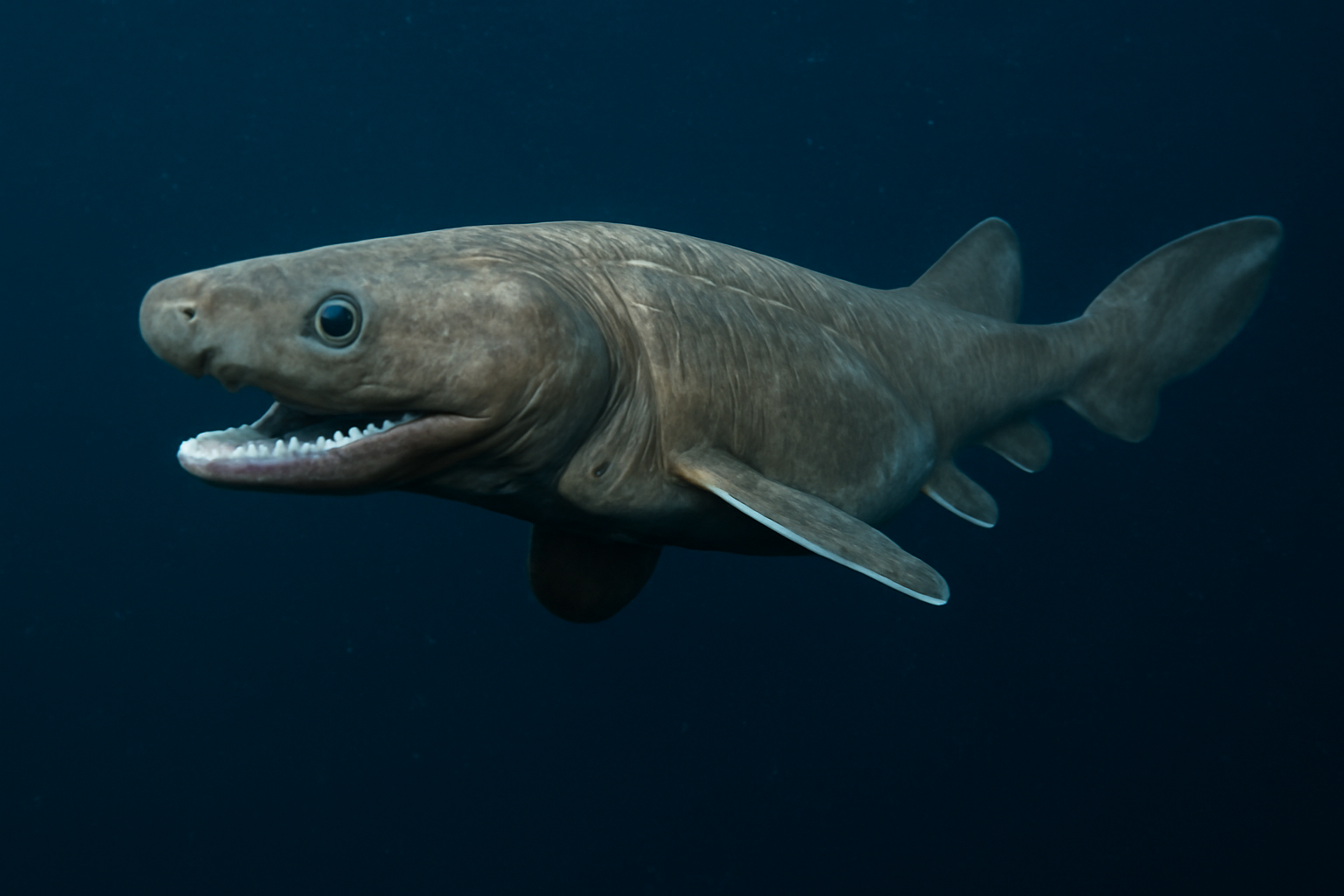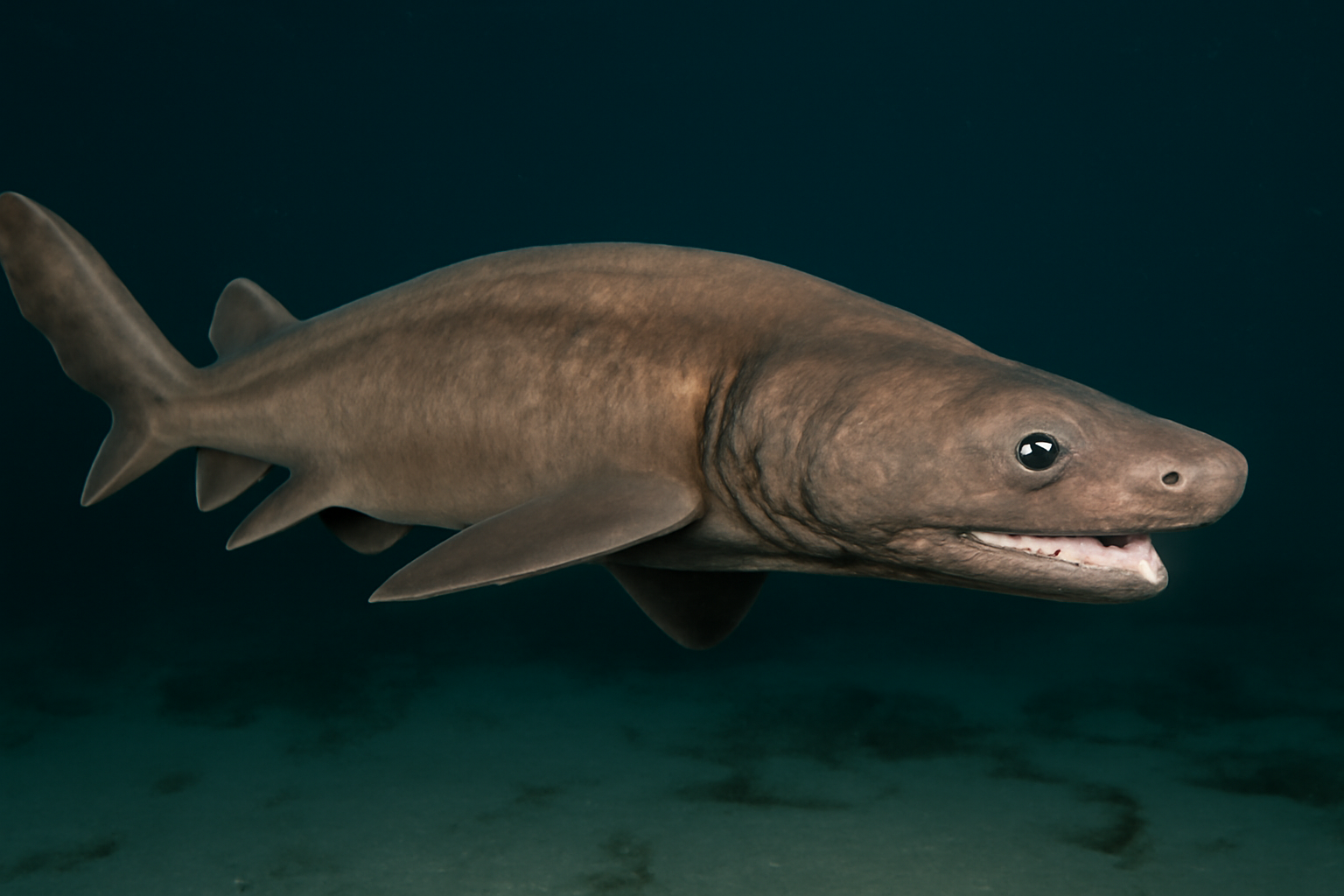Frilled Sharks [Chlamydoselachus]
Description
Chlamydoselachus is the sole genus within the family Chlamydoselachidae, commonly known as frilled sharks. This genus encompasses some of the most ancient and elusive species of sharks, characterized by their unique eel-like bodies, six pairs of gill slits with frilly edges (from which their common name is derived), and a mouth that is terminally positioned at the front of the head, unlike most other sharks whose mouths are located on the underside of the head. These deep-sea predators are found in scattered locations around the world, usually in deep waters down to 1,500 meters. The genus is known for its primitive features, which closely resemble those of fossil sharks, leading to their nickname 'living fossils'. Members of this genus have a diet that primarily consists of squid, deep-sea fish, and other sharks. Reproduction in Chlamydoselachus is ovoviviparous, with embryos hatching inside the mother and being born as fully developed young.
Species

Common Frilled Shark [Chlamydoselachus anguineus]
View Details
Southern African Frilled Shark [Chlamydoselachus africana]
View DetailsTaxonomy
| Phylum |
Chordates
Chordata
|
|---|---|
| Class |
Cartilaginous Fish
Chondrichthyes
|
| Order |
Frilled and Cow Sharks
Hexanchiformes
|
| Family |
Frilled sharks
Chlamydoselachidae
|
Statistics
- Species 2